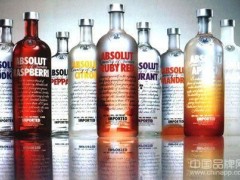In traditional machining, a large amount of cutting fluid is usually poured to reduce the temperature during cutting, wash away chips, prevent rust, extend tool life, and ensure the quality of the workpiece. However, the use of large amounts of cutting fluid increases manufacturing costs. Relevant research shows that the cost of cutting fluid accounts for about %~% of the total processing cost of the workpiece, while the cost of the tool only accounts for %~%. The traditional cutting fluid supply method of large amounts of pouring has caused the continuous deterioration of the machining site environment. In particular, untreated cutting fluid will pollute the land and water sources and destroy the ecological environment. When the cutting fluid comes into contact with the human body, it will be heated and evaporate to form smoke, which will damage the operator's skin and air. Many diseases occur in the tract and lungs.
In recent years, the annual consumption of metalworking fluids in the United States has been divided into net oil (approximately %~% of the total) and water-based concentrate (approximately % of the total).〖〗^~. 〖〗^ If calculated based on the amount of dissolved oil, chemical and semi-chemical concentrates diluted, the total annual consumption is about .〖〗^ Of which %~% is used for cutting processing and the rest is used for forming processing. The total demand for metalworking fluids in Western Europe is approximately.〖〗^where〖〗^ is cutting fluid. Based on this background, the use of cutting fluid has attracted great attention from domestic and foreign mechanical engineering experts and scholars. Less cutting fluid-free machining technology emerged. The application of cutting fluid-free machining such as dry cutting is subject to certain limitations due to its own characteristics. The application scope of less cutting fluid processing such as minimum quantity lubrication (MQL) is getting wider and wider. In a sense
Minimal quantity lubrication can achieve or even better than the processing effect of traditional pouring cooling lubrication. It can also reduce processing costs, reduce environmental pollution and open up a new way to achieve green processing.
The keyword here is minimum quantity lubrication
Minimum quantity lubrication







 WhatsApp
WhatsApp





